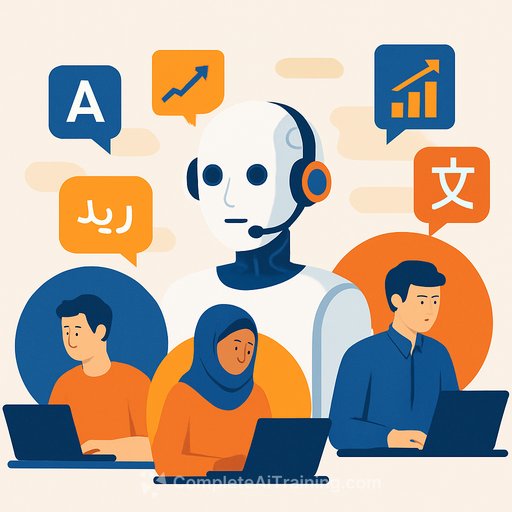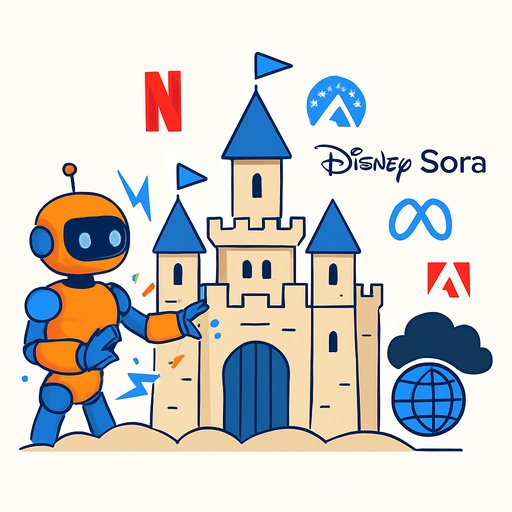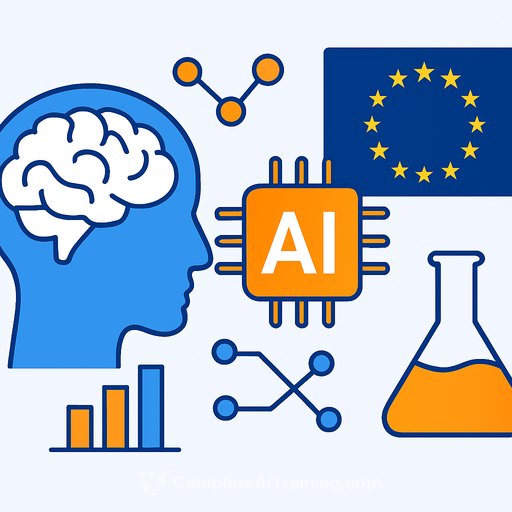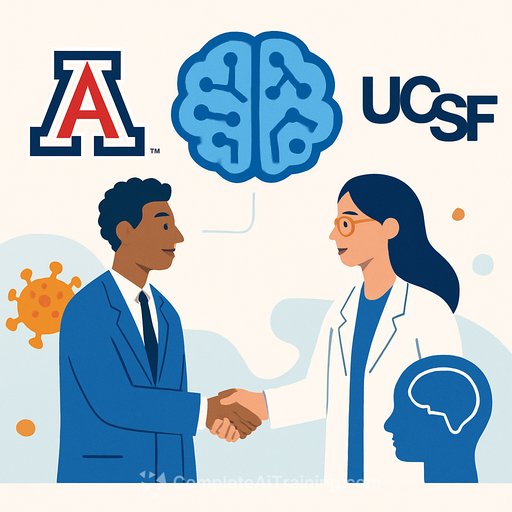Cross-Lingual Effects of AI-Generated Content on Human Work
Artificial intelligence, particularly large language models (LLMs), is increasingly integrated into daily work worldwide. But how well does AI-generated content support workers across different languages? Recent research sheds light on this question by comparing AI output and human work quality in English, Arabic, and Chinese.
Why Language Matters in AI Work Support
Most popular LLMs, including ChatGPT and others, are primarily trained on English data. This creates a gap since over 80% of the global population does not speak English as their primary language. Non-English languages often have less high-quality training data, especially in technical or specialized topics. This imbalance can limit the usefulness of AI-generated content for speakers of languages like Arabic and Chinese, particularly in complex work domains such as research and product development.
Additionally, linguistic features unique to certain languages pose challenges. For example, Arabic omits short vowel markings in writing, which can introduce ambiguity that AI struggles to resolve accurately. Such nuances affect the clarity and relevance of AI outputs and, ultimately, workers’ productivity.
Study Overview
Two studies evaluated AI-generated content and its impact on human work:
- Study 1: AI responses to 200 business-related prompts were generated in English, Arabic, and Chinese. Trained native-speaker evaluators assessed the AI content on completeness, relevance, actionability, and creativity.
- Study 2: A controlled experiment with 480 participants (160 per language) examined how AI-generated content affected the quality of business emails written by humans. Participants either received AI help or wrote emails without it. The study measured email quality, length, writing time, and user confidence.
Key Findings
- AI Output Quality Varies by Language: Arabic and Chinese AI responses scored lower than English across all quality dimensions. This indicates that AI-generated content is less complete, relevant, actionable, and creative in these languages.
- Human Work Quality Benefits Differ: While AI assistance improved completeness and relevance across languages, its positive effects on actionability and creativity were weaker in Arabic and Chinese compared to English. This suggests that AI helps less in producing practical and innovative work in non-English settings.
- Productivity Gains Are Unequal: AI support resulted in longer emails in all languages, but the increase was larger in English than in Arabic. Time spent writing did not differ significantly, indicating that AI content may encourage more detailed responses primarily for English speakers.
- Confidence in AI Varies: AI assistance did not boost confidence among English speakers but lowered it for Arabic speakers and surprisingly increased it for Chinese speakers. This highlights differing levels of trust or satisfaction with AI assistance across language groups.
- Technical Tasks Show Greater Gaps: For complex tasks like R&D emails, Arabic speakers produced less actionable content and Chinese speakers less creative content with AI help, compared to English speakers. This points to particular challenges in applying AI-generated content effectively in technical or scientific work in non-English languages.
What This Means for Creative, HR, Product Development, and Research Professionals
AI tools are becoming common aids in content creation, communication, and problem-solving. Yet, their benefits are uneven across languages. For professionals working in Arabic or Chinese contexts, AI-generated content may not fully support nuanced or technical work, limiting productivity and innovation.
To bridge this gap, there’s a clear need for AI models that are better trained and optimized for a wider range of languages and specialized domains. This ensures that AI can be a reliable partner for all workers, not just English speakers.
Meanwhile, users should be aware of these limitations and critically evaluate AI outputs, especially when working in non-English languages or on technical tasks. Combining AI assistance with human expertise remains essential to maintain quality and creativity.
Further Learning
For professionals looking to enhance their AI skills and make the most of AI tools in different work contexts, exploring targeted courses can be valuable. Resources like Complete AI Training's job-focused courses offer practical guidance tailored to various fields.
Understanding these language-based disparities can help organizations plan AI adoption strategies that support diverse teams effectively, ensuring AI benefits reach across cultures and languages.
Your membership also unlocks:

















